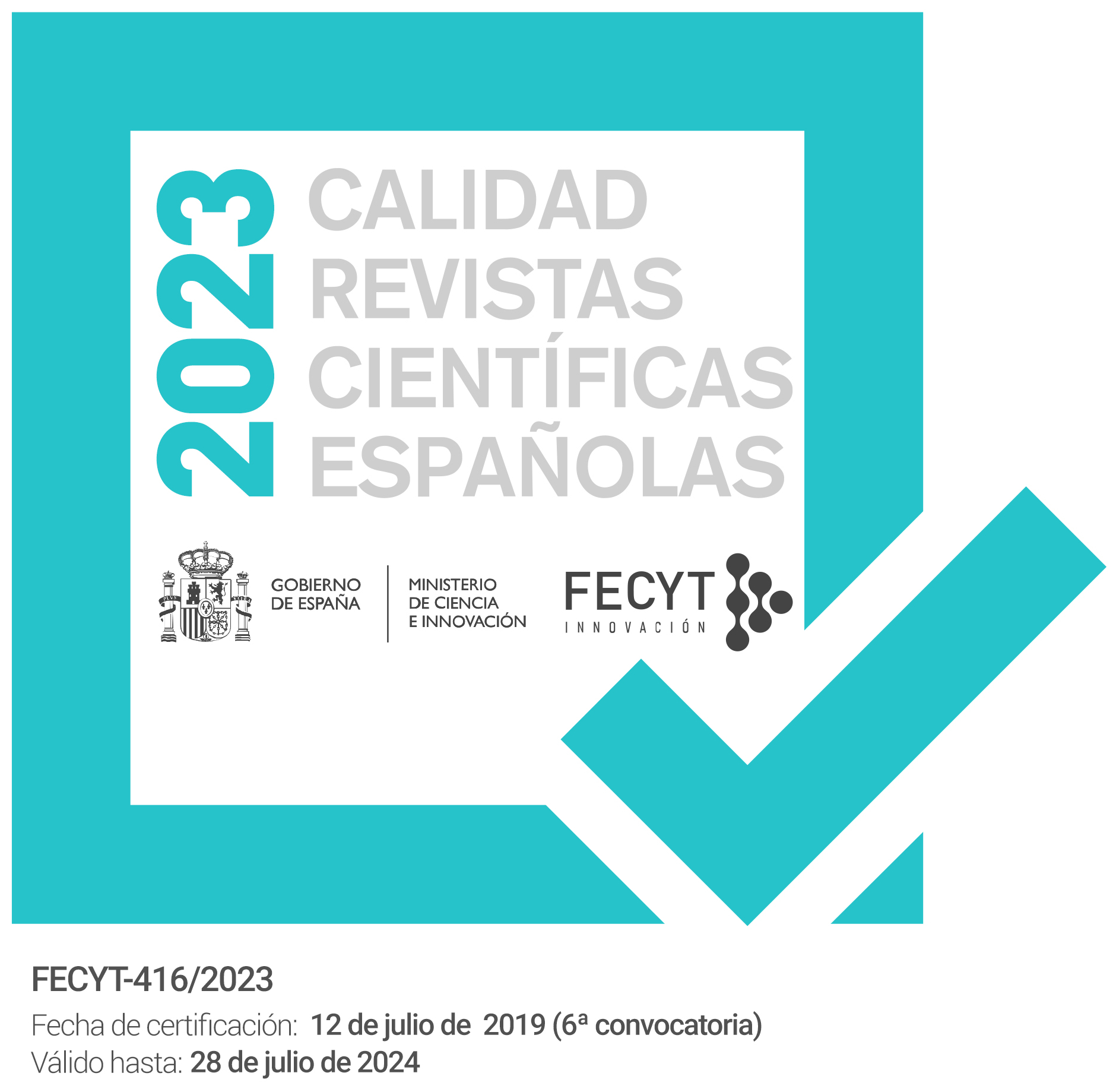Las fíbulas de caballito: un nuevo ejemplar de la meseta norte procedente de las onchitas (Canos, Soria)
Keywords:
Segunda Edad del Hierro de la Meseta, fíbula de caballito, Celtiberia, Second Iron Age of the Plateau, horse fibula, Iberian-CelticAbstract
Con el presente trabajo queremos dar a conocer un nuevo ejemplar de fíbula de caballito, hallada hace ya algunos años y que permanecía inédita. Se encontró en un paraje perteneciente al pueblo de Canos (provincia de Soria), en una zona relativamente próxima al campamento romano de Escipión y a la calzada romana que iba desde Asturica Augusta a Caesaraugusta. El lugar en concreto dista aproximadamente unos 11 kilómetros, en línea recta, de la ciudad celtíbero-romana de Numancia.
The purpose of this article is to disseminate a new example of horse fibula, found some years ago, and which remained unknown. It was found on a site belonging to the town of Canos (province of Soria), in an area that is relatively close to the Roman camp of Scipion and the Roman road connecting Asturica Augusta and Caesaraugusta. The specific site is approximately 11 kilometres in a straight line from the Celtic-Roman of Numancia.
Downloads
Downloads
Issue
Section
License
The articles are open access distributed under the terms of the Creative Commons Attribution-NonCommercial-NoDerivatives (CC BY-NC-ND) Spain 4.0 license. Authors who publish in this journal agree with the following terms:
a) Authors retain the copyright and guarantee the journal the right to be the first publication of the work as well as licensed under a Creative Commons Attribution License that allows others to share the work with a recognition of the authorship of the work and the Initial publication in this magazine.
b) Authors may separately establish additional agreements for the non-exclusive distribution of the version of the work published in the journal (for example, place it in an institutional repository or publish it in a book), with recognition of its initial publication in this magazine.
c) Authors are allowed and encouraged to disseminate their work electronically (for example, in institutional repositories or on their own website) before and during the submission process, as it may result in productive exchanges, as well as a earliest and largest citation of published works (See The Effect of Open Access).



